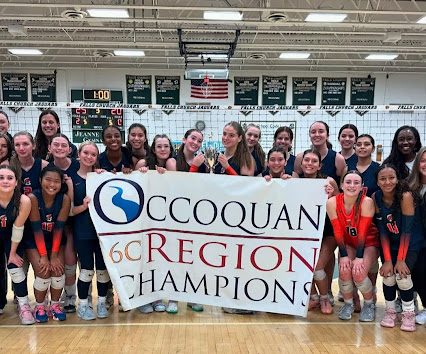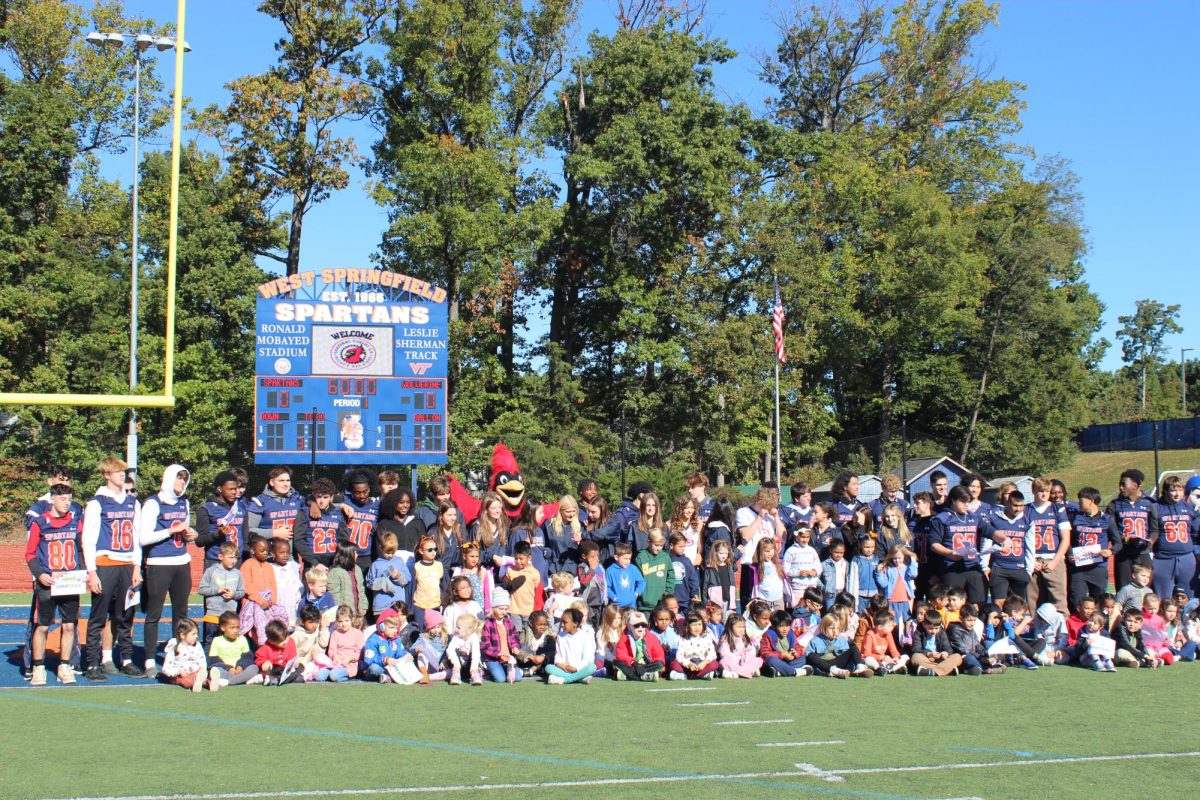Are Disney’s remakes just as good as the originals?
February 19, 2019
Ever since 2015’s live action Cinderella remake, Disney has been on a roll in releasing countless live action remakes of their older animated movies. They have been releasing at least one remake per year since 2015, and that trend seems to be continuing into 2019 and even 2020. Already, films such as Aladdin, Dumbo, and The Lion King are set for release in 2019. And they’ve already announced a live action Mulan remake to be released in 2020. And that’s not even to mention the movies that they have acknowledged are in development but haven’t been given release dates yet such as Pinocchio or Lilo and Stitch. But are these live action remakes actually a good move?
Some could argue that these films being released like clockwork is just nostalgia pandering from Disney. After all, those who have watched the original films in their childhoods are some of the most likely to go see the remake to see how much the film has changed. But I don’t think that it’s preying on people’s nostalgia that is the problem. After all, if the general public even cared about such minor nitpicks then these movies would not be nearly as successful as they are. No, I personally believe that the problem is the massive shift in artstyle that can harm the creative integrity of the film.
Take The Lion King, for example. Some may say that the new, photorealistic mix of CGI and live action is a better artstyle, but I would say that it doesn’t stay true to the films original intent. The lions in The Lion King are obviously not even remotely similar to actual lions. But that is not a flaw, rather, it allows the animators and storytellers to express their work in a more efficient way. By stylizing these lions rather than attempting to make them out to look real, they can allow them to be more expressive in the way they move and act. Scar’s evil smiles, Mufasa’s somber expressions, and Simba’s proud looks are all effects that become a skeleton of themselves when paired with photorealism. However, these expressions are crucial to what made these characters so memorable to begin with. They’re important facets of the characters themselves, and they’re what makes these movies so charming and timeless.
Another issue could be the aging of photorealistic CGI. While stylized CGI such as the CGI used in movies like Toy Story typically doesn’t age badly, photorealistic CGI tends to not only age fast, but age awfully. Even movies or scenes that were incredibly influential for the advancement of CGI as a whole look awkward now when it’s just scenes of pure CGI that aren’t mixed with practical effects. I mean, the lion scene from Jumanji was very advanced for its time and was used as marketing for the movie. Now, though, it looks ridiculous. Even movies that came out around 2010 can still look awkward at times. As time progresses, and technology comes closer and closer to replicating how things normally look, then humans will get better at figuring out discrepancies in works of art, even if it’s the most jaw dropping, expensive, and realistic CGI effort of our time. Realistic CGI is always doomed to age poorly. This fate is inevitable, even if the CGI doesn’t play a major part in the film. See the lion in 1995’s Jumanji. Such things tear you out of the experience.
If Disney just dumped all the money and resources that they’re using on these remakes into new projects and IPs, than they could do so much better. Look at how much of a hit movies like Wreck-It-Ralph and Frozen have become without having to piggyback off the success of older movies. Unfortunately, these remakes are bound to fall into the depths of obscurity and not be remembered as fondly as the originals. These remakes, as fancy looking as they are, tell the exact same stories as their older counterparts, and retelling them over and over again with no major alterations except a new coat of paint is tiring for consumers. When was the last time you heard anybody talk about 2017’s Beauty and the Beast remake?




